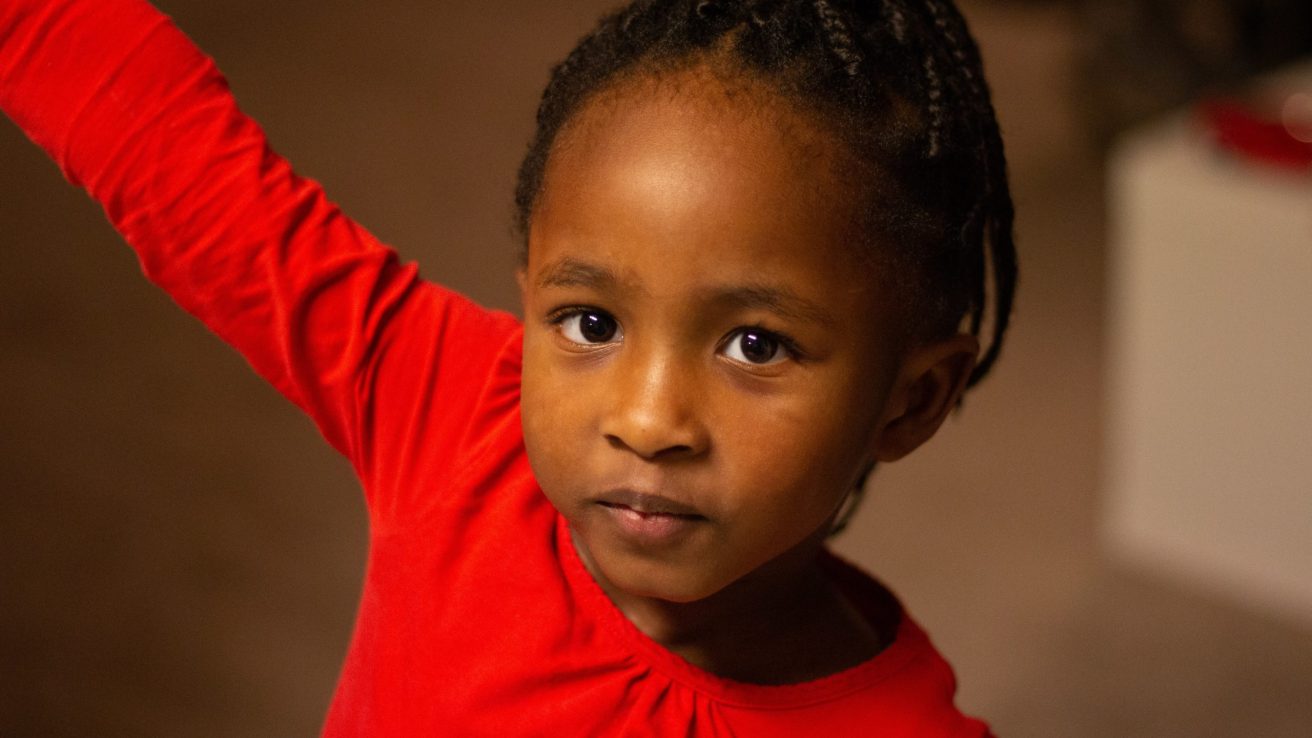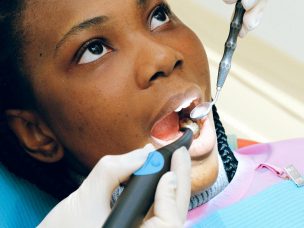Atopic dermatitis is a common skin condition that severely and negatively affects the quality of life of children and their parents. However, children of Black and Hispanic parents tend to experience persistent and poorly controlled symptoms of atopic dermatitis, which can increase the burden on the quality of life of families of color. In addition, other factors may contribute to the burden of disease in people of color with atopic dermatitis and lead to a misdiagnosis.
A review published in the International Journal of Women’s Dermatology analyzed the clinical presentation differences and possible interventions that could curb misdiagnosis and underrecognition of atopic dermatitis in people of color. The authors provided data based on past clinical experiences and a review of the medical literature.
People of color with atopic dermatitis tend to present with varying signs and symptoms. For example, Asian patients show prominent scaling and lichenification with features resembling psoriasis, while patients of African descent tend to present with prurigo nodularis and periorbital dark circles. Differences in clinical presentation should not be ignored in minority patients.
In closing, dermatologists should not rely on classical markers, such as erythema, for diagnosing atopic dermatitis in Black children. Instead, palpation, and validated pruritus measures, such as ItchyQol, should be used to evaluate pruritis severity in Black patients. Finally, patient-provider rapport can support the patient in better describing the severity of their symptoms, which may prevent the misdiagnosis of atopic dermatitis [1].
Source:
[1] Wilson, B. N., Alexis, A., & Murase, J. E. (2022). Art of prevention: atopic dermatitis in women and families of color-prevalence, recognition, and prevention. International Journal of Women’s Dermatology, 8(1). https://www.ncbi.nlm.nih.gov/pmc/articles/PMC9112389/










